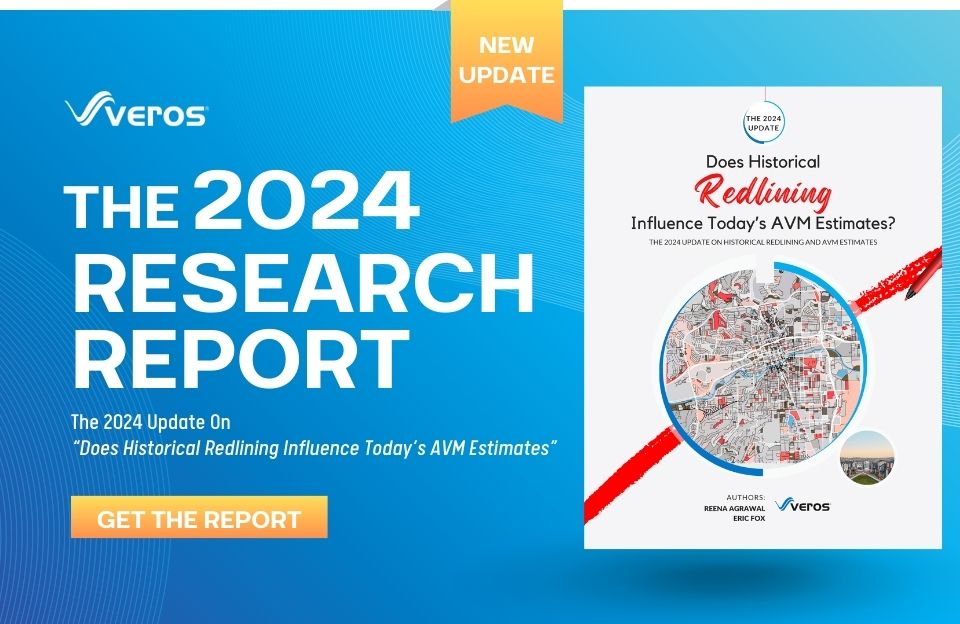A higher-than-expected unemployment rate of 4.3% for July has ignited concerns about a potential recession. This figure triggered the Sahm rule, a metric developed by former Federal Reserve economist Claudia Sahm to signal the early stages of an economic downturn. The rule is activated when the three-month average unemployment rate surpasses its 12-month low by at least half a percentage point.
While the Sahm rule has a proven track record, Sahm herself has cautioned against prematurely declaring a recession. She emphasizes that while the indicator is reliable, it’s essential to consider other economic data points. Despite the uptick in unemployment, the overall labor market remains strong with continued job growth. Additionally, GDP growth in the second quarter of 2024 reached 2.8%, and forecasts predict sustained growth above 2% for the remainder of the year.
Market sentiment has shifted dramatically following the unemployment report, with investors overwhelmingly anticipating a rate cut by the Federal Reserve in September, possibly by 50 basis points. Some have even called for an emergency rate cut before then. However, experts caution against aggressive monetary policy easing based on a single data point. While inflation has been cooling, with June’s reading at 3%, it could rebound.
The potential for a September rate cut has already influenced mortgage rates, which tend to follow the federal funds rate. The 30-year fixed mortgage rate stood at 6.73% on August 1, 2024, reflecting anticipation of a rate cut. However, a further 25 basis point decline is unlikely to significantly impact housing affordability, or supply as many homeowners have existing mortgage rate contracts below 6%.
While the Sahm rule has raised alarms, other indicators suggest a more resilient economy. The full extent of the Federal Reserve’s response to the recent data and its impact on the housing market will become clearer in the coming months.










